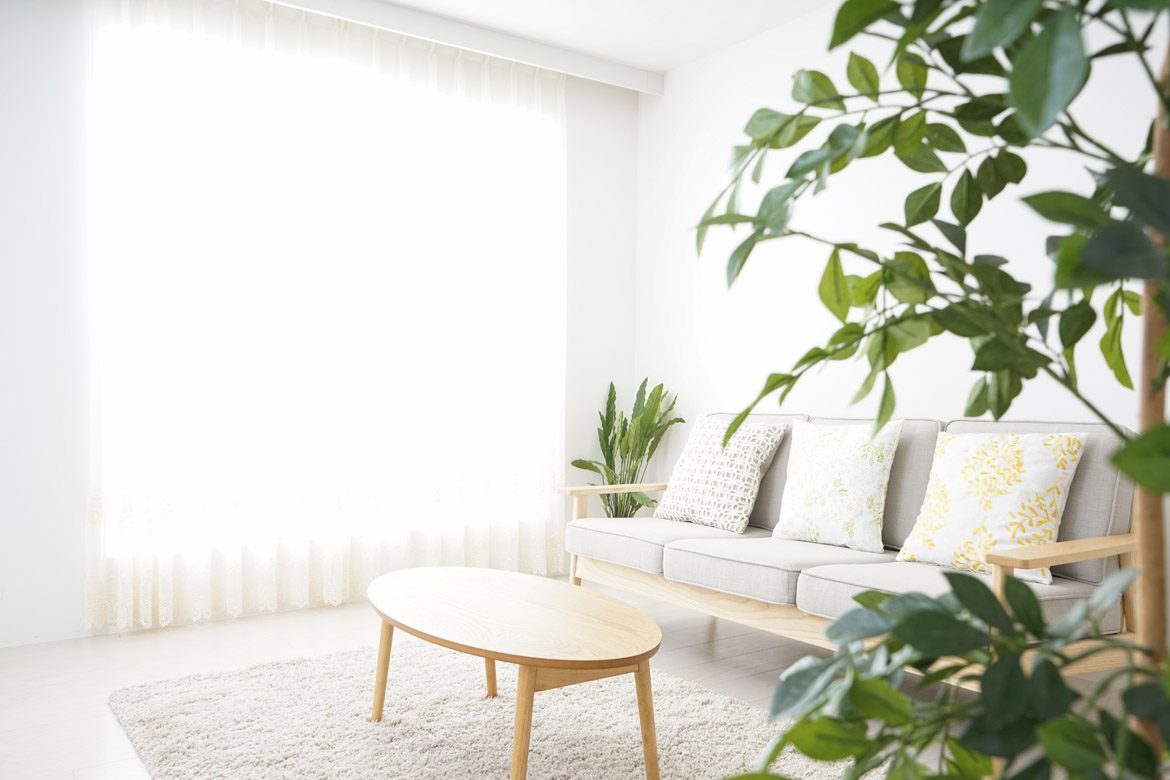By Lisa Coulburn
We build beautiful new homes, then we paint them, we decorate them and furnish them with beautiful things. Then we clean our homes with chemicals because its basically quicker, we buy air fresheners or candles to make our homes smell fresher, and then we kill germs, mould and pests with even more chemicals.
With this in mind, you may not be surprised to know that research shows that the air inside our homes is up to five times more toxic than the outside air.
Despite the fact we spend 90% of our time indoors, our homes are rarely thought about as a contributor or causative agent to illnesses like asthma, allergies, mould sensitivities and chronic illness.
A natural, healthy and low-tox home is centred around reducing your family’s overall toxic burden gained from your home, its building materials and finishes, along with furnishings and decor.
So why have a natural, healthy and low-tox home?
1 – To reduce exposure to common allergens in your home
One in three children will experience allergies by the age of five, and one in nine Australians have asthma. Asthma is known to be triggered by exposure to pet dander, cockroaches, dust mites, indoor mould, tobacco smoke and some chemicals. All of these triggers need to be carefully considered and strategies put in place to reduce exposure within a home.
2 – Minimise exposure to VOCs in building materials, furniture and furnishings
VOCs (Volatile Organic Compounds) are substances that off-gas at room temperature and can be found in many common household building and decor items like paints, flooring materials, floor lacquers, carpets, rugs, vinyl and glues. Not all VOCs have a smell. VOCs disperse and evaporate slowly over time, whilst semi-VOCs, which are found in vinyl floor, pesticides and as flame retardants in mattresses, furniture, upholstery and furnishings, are slowly released over many years and can be found in surface dust.
Respiratory, allergic, or immune effects in infants or children as well as adults are associated with these man-made VOCs.
With a baby/toddler breathing zone within close proximity to the floor and floor dust, and the amount of time they spend spend sleeping, it’s important to consider your choice of natural alternatives for building materials, floor finishes, mattresses, paint finishes, furnishings and decor that you used to build or decorate your home.
See next page for more reasons to create a healthy, low-tox home…











